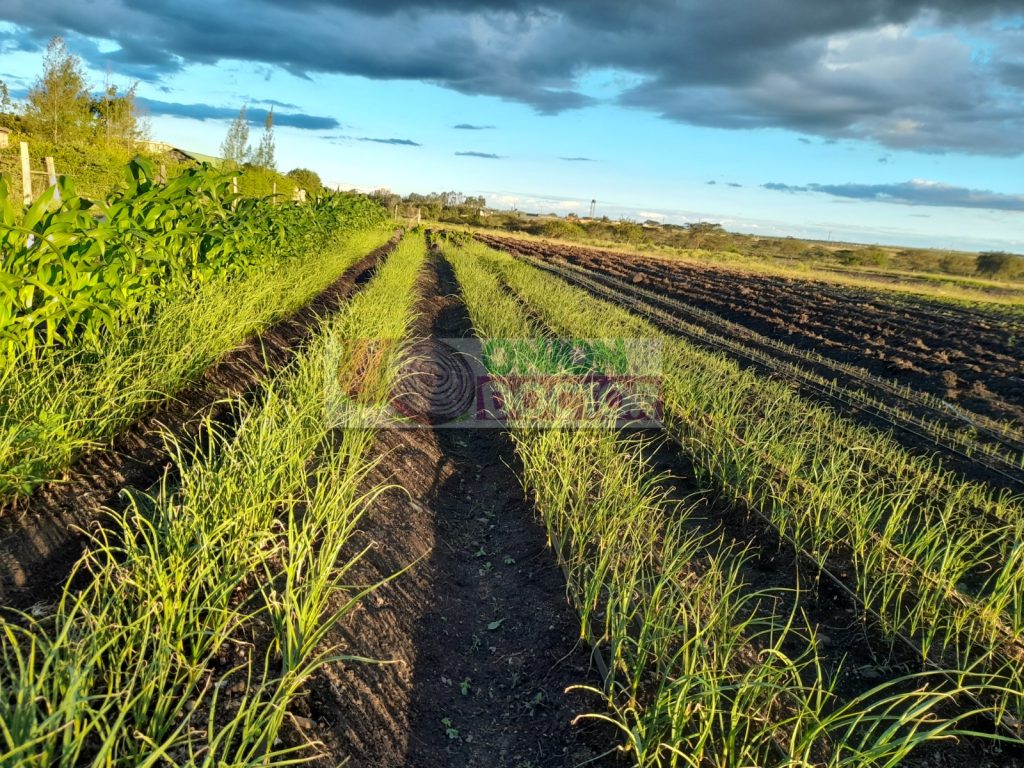Garlic farming in Kenya is rapidly gaining traction as a lucrative agribusiness, driven by high local and international demand for this versatile crop. Known locally as Kitunguu Saumu, garlic farming in Kenya offers farmers an opportunity to tap into a market that values both culinary and medicinal properties. With the right knowledge and practices, garlic farming in Kenya can yield impressive returns, especially given that 80% of garlic in the Kenyan market is imported from countries like China and India. This guide dives deep into the best Garlic varieties for garlic farming in Kenya, offering insights into their characteristics, growing conditions, and tips for success. Whether you are a seasoned farmer or a beginner, garlic farming in Kenya is a venture worth exploring for its profitability and sustainability.

BEST GARLIC VARIETIES FOR GARLIC FARMING IN KENYA
Kenya`s diverse climate, ranging from highland regions to semi-arid areas, supports a variety of garlic types. Below are the top garlic varieties that thrive in Kenya, each with unique characteristics:
- SOFTNECK GARLIC: Softneck garlic is the most popular variety for Garlic farming in Kenya due to its long shelf life and adaptability to warm climates. Characterized by its white, paper-like skin, softneck garlic has a strong pungent flavor and is easy to grow, making it ideal for beginners.
- Sub-varieties:
- African Giant: Known for larger bulbs and robust flavor, this variety is a flavor in Kenyan markets.
- Creole Garlic: Offers a mild yet rich taste , perfect for culinary use. It is adaptable to a wide range of altitude.
- Rwandan Giant: Medium bulbs, strong flavor and adapts well to Kenyan climate.
- California early and California Late: These varieties are high yielding and have fast maturity.

2. HARDNECK GARLIC
Hardneck garlic is less common in Kenya but valued for its bold flavor and larger cloves. It has a shorter shelf life than softneck varieties, making it less preferred for long-term storage but ideal for fresh market sales.
- Sub-varieties:
- German white: This variety offers a sweet, pungent aroma and thrives in high altitude areas.
- Purple Stripe: Known for its vibrant purple skin, this variety is visually appealing and has a strong taste.
- Spanish Roja: Celebrated for its rich, complex flavor and easy-to-peel cloves.
3. ELEPHANT GARLIC
Elephant garlic is a unique member of the Allium genus, more closely related to leeks than to true garlic . Despite its name and appearance, it offers a milder flavor profile, making it versatile in various culinary applications.

IDEAL CONDITIONS FOR GARLIC FARMING IN KENYA
- Climate: Garlic thrives in a vast range of climatic conditions, Heat stress and frost can lead to damage of the crop.
- Soil: Well-drained, fertile loam or sandy loam soils with a pH of 5.5-7.0 are best.
- Watering: Garlic requires consistent moisture, especially during the early growth. Drip irrigation is recommended for efficient water use, as seen in successful farms like those supported by Onion Doctor.

CHALLENGES IN GARLIC FARMING IN KENYA
- Pests and Diseases: Garlic can be affected by various pests and diseases, such as thrips, white rot, and purple blotch.
- Climate Change: Changes in weather patterns can affect garlic production. Drought, for example, can lead to water shortages.
- Market Fluctuations: The price of garlic can fluctuate, affecting the profitability of garlic farming.
- Access to Quality Seeds: Getting quality garlic seeds can be a challenge.
- Post-Harvest Losses: Improper handling and storage of harvested garlic can lead to losses.
- Lack of Knowledge and Skills: Some farmers may lack the necessary knowledge and skills for successful garlic farming.
SOLUTIONS IN GARLIC FARMING IN KENYA
- Pests and Diseases: Regular monitoring and early detection are key to managing these issues. Consult with an agricultural expert for appropriate treatments.
- Climate Change: Farmers can consider using water-efficient irrigation systems and drought-resistant garlic varieties to mitigate this.
- Market Fluctuations: Diversifying the farm with other crops can help manage this risk.
- Access to Quality Seeds: Farmers can consider joining cooperatives or farmer groups to pool resources and access quality seeds.
- Post-Harvest Losses: Training in post-harvest handling and investing in proper storage facilities can help reduce these losses.
- Lack of Knowledge and Skills: Training programs and agricultural extension services can provide valuable education and support.
Contact us for: Onion seedlings, Garlic seedlings, Germinated garlic cloves, Farm planning services, Soil testing, training on onion and garlic growing, Drip irrigation installation and maintenance, Agronomic support, Onion and Garlic value pack and Farm management. For free consultation, placing orders or booking a visit with an agronomist, please contact us via Call or what’s app +254703982228, Email: Info@oniondoctor.co.ke. You can also check out our social media handles for daily updates on TikTok: https://www.tiktok.com/@oniondoctorke?_t=ZM-8wmsTu0qumO&_r=1 Instagram: https://www.instagram.com/oniondoctorke?igsh=MTVoaHF3aWUydTJzaQ==Facebook:https://www.facebook.com/share/16SwgYn2dG/ Youtube:https://youtube.com/@oniondoctorke?si=u5Jnd-r0qU9UDYqL and Twitter: https://x.com/OnionDoctorKe?t=FR3JXlS_oN1vjjUgAtfyzg&s=09